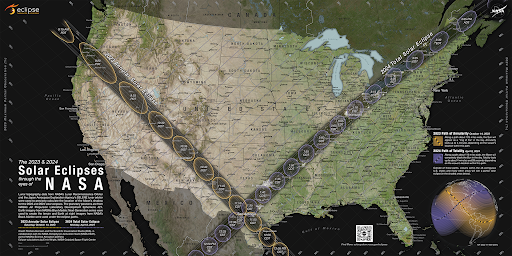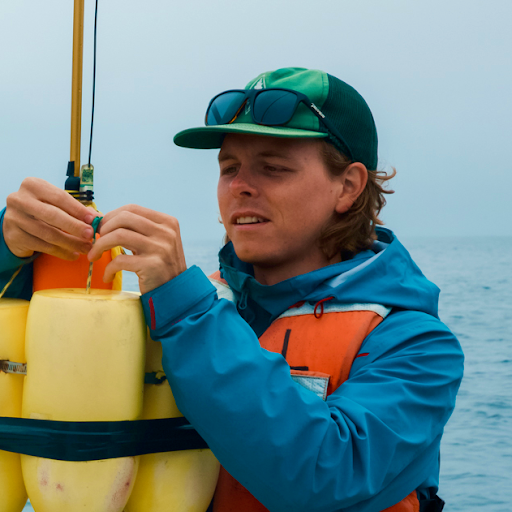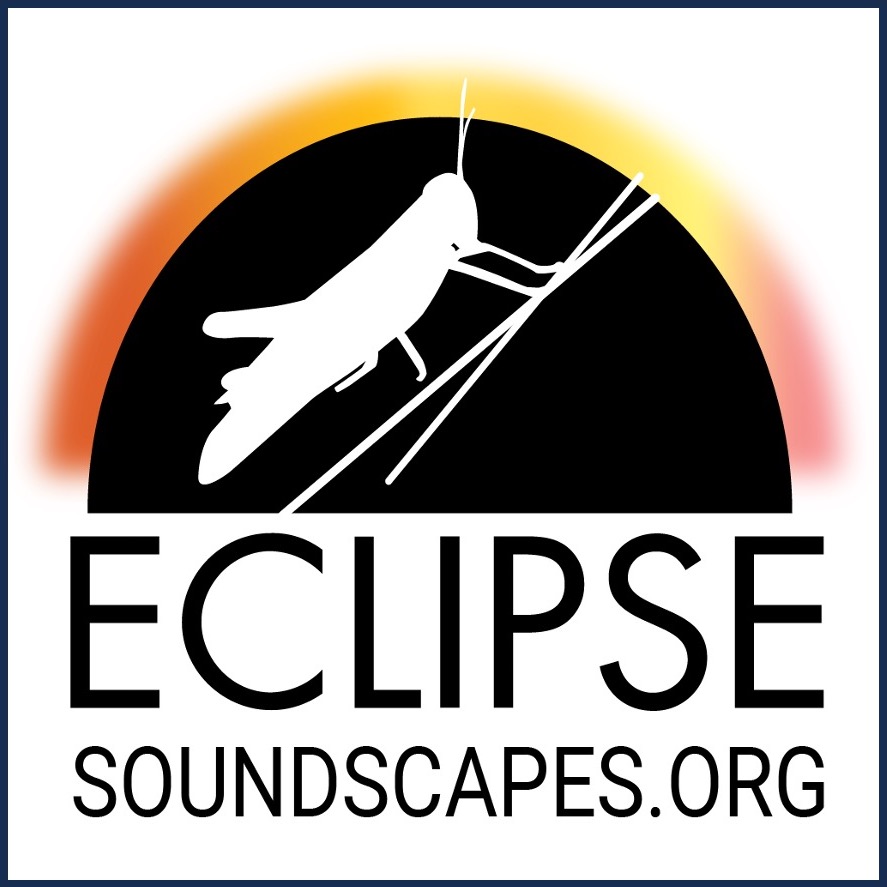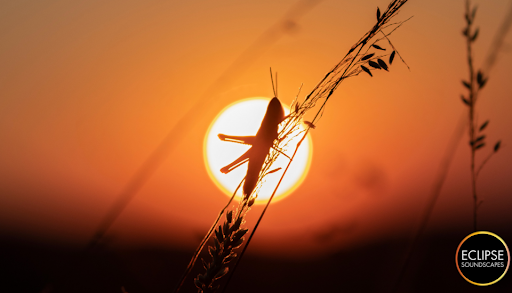Eclipse Soundscapes
How do the sudden darkness and temperature changes of a solar eclipse impact life on Earth? Eclipse Soundscapes invites you to document changes in the environment during the week of the April 8, 2024 total solar eclipse, using your own senses or an audiomoth sound recorder.
Anyone in or near the path of the April 8, 2024 total solar eclipse path is invited to participate. Your observations will reveal how animals and insects respond to dramatic changes in their environment. All project resources - including those for educators - are provided in multiple formats to support accessibility and inclusion.
Include the Eclipse Soundscapes Project at your Eclipse Day event! Check out our Quick Start Guide.
project task
Collecting data
Division
Heliophysics
where
Outside, near the path of the April 8 solar eclipse
launched
2023
What you’ll do
- Learn about eclipses.
- Observe and report your multi-sensory observations of a solar eclipse.
Requirements
- Time: Different roles (apprentice, observer, data collector) require different time commitments. Apprentice 1 hour; Observer 1-2 hours; Data Collector 1-3 hours
- Equipment: No equipment required for Apprentice or Observer roles. Data Collector role requires an AudioMoth device, a MicroSD card a plastic bag, zip ties and a return envelope.
- Knowledge: None. In project tutorials provide all instruction needed for each role.
Get started!
- Visit the Eclipse Soundscapes (ES) website to learn more about the roles below.
- Learn about eclipses with the Apprentice Training, which is available in English and Spanish.
- Be an ES Observer on eclipse day using your own senses, then submit your observations to the ES website! (no equipment needed; available in Spanish)
- Interested in scientific tools and audio recording? Be an ES Data Collector (Equipment required, weeklong activity; available in Spanish.)
Learn More
Learn about animal and insect behaviour during solar eclipses.
Sign up to receive Eclipse Soundscapes updates and information as it becomes available!
Follow Eclipse Soundscapes on X @EclipseSoundUDL, and @EclipseSoundscapes on Instagram and Facebook.
Find out about the Heliophysics Big Year - a yearlong celebration of heliophysics.

Get to know the people of Eclipse Soundscapes





































